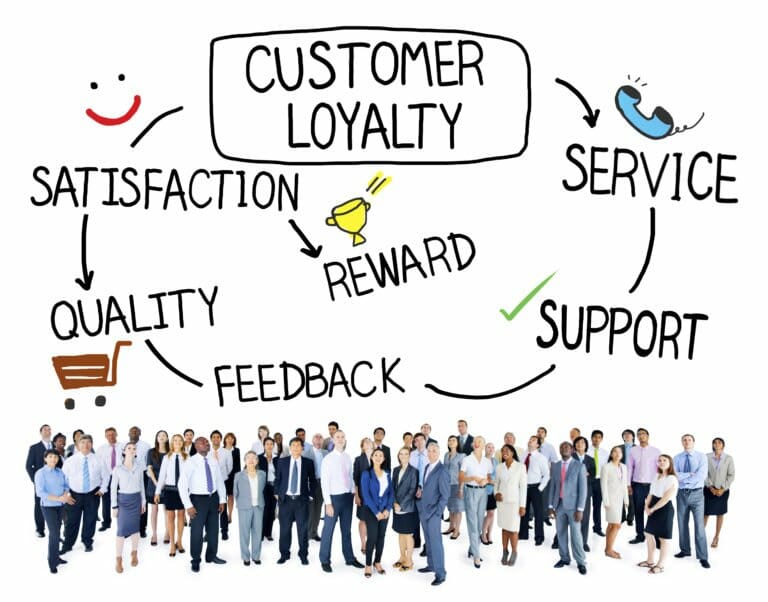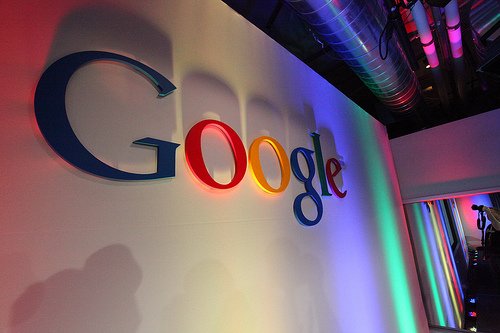
If want to bring in customers, you will have to offer them something special that is different from what your competition is offering. When you use a powerful loyalty application like say2b – best customer loyalty app, you are taking the right step towards growing your business. Rewarding your customers has the power to establish your business even without having to be present in the market for decades.
Explore all the different advantages of rewarding your customers.
1. Increases Brand Value
There is a difference between offering one-time discounts to a customer and a program comprising of constant rewards if they keep returning to you. A rewards program helps you keep a customer coming back with more business.
When someone spends money on your products or services, they desire to feel appreciated. Make sure that your business fulfills this desire of theirs every time. This is the foundation of a customer loyalty program. Using say2b – best customer loyalty app, can go a long way in managing this efficiently.
- Keep your repeat customer preferences in mind when creating your loyalty program
- You should also keep them in mind when developing new products or discount offers
- Make them realize that you appreciate their choice of your brand
- Deliver a better customer experience compared to your competition
Such an experience keeps your customers motivated to keep doing business with you because it helps increase your brand value in their eyes.
2. Builds Trust
When you build loyalty through your rewards program, you are able to build trust. It helps in turning your customers into advocates of whatever you are offering as products or services.
A successful rewards program focuses on making the entire experience of being a customer to be enjoyable. This is what keeps bringing them back and encourages them to share the experience with others too. It is important that you continue to provide this experience to transform even the most occasional customer into a strong patron.
3. A Stronger Connection
Another advantage of rewarding your customers is that it helps build stronger relationship with them. The underlying reasons are the same as mentioned above:
- They feel valued
- They feel appreciated
Make sure that you offer them special perks or rewards whenever they make a purchase. The goal should be to make them feel deeply connected to your brand.
4. Increase Your Profits
According to studies, rewarding customers and making them loyal helps in increasing average profits. Depending on your business type, the profits can be in the range of 25% to 100%.
This happens because customer loyalty helps in building two factors related to revenues:
- Larger customer base
- More purchase frequency
5. Competitive Edge
Having loyal customers means gaining competitive edge. This further translates into creating a sustainable brand in the longer-term. The result is that you can achieve long-term success while gaining competitive advantage over others.
Customer loyalty is strongly related to human emotions and needs. People have a natural instinct to be loyal to someone who values them. And this is what a rewards-based program helps you achieve.
6. Communicate Better
Another advantage of rewarding your customers is that it makes it easier for you to communicate with them. This is because once people begin to trust a brand, they give more value to what the brand has to say. So your messages targeted at these rewarded customers will make a bigger impact.
In fact, loyalty programs like say2b – best customer loyalty app give you a direct method of communication with you customers. You can use email and direct in-app communication to reach your customers and members with:
- Promotional messages
- Special event messages
- New product launches
And much more.
Thus, there are many ways in which rewarding your customers pays off, both in the short-term and long-term.
This is an article provided by our partners network. It might not necessarily reflect the views or opinions of our editorial team and management.
Contributed content

Founder Dinis Guarda
IntelligentHQ Your New Business Network.
IntelligentHQ is a Business network and an expert source for finance, capital markets and intelligence for thousands of global business professionals, startups, and companies.
We exist at the point of intersection between technology, social media, finance and innovation.
IntelligentHQ leverages innovation and scale of social digital technology, analytics, news, and distribution to create an unparalleled, full digital medium and social business networks spectrum.
IntelligentHQ is working hard, to become a trusted, and indispensable source of business news and analytics, within financial services and its associated supply chains and ecosystems




























